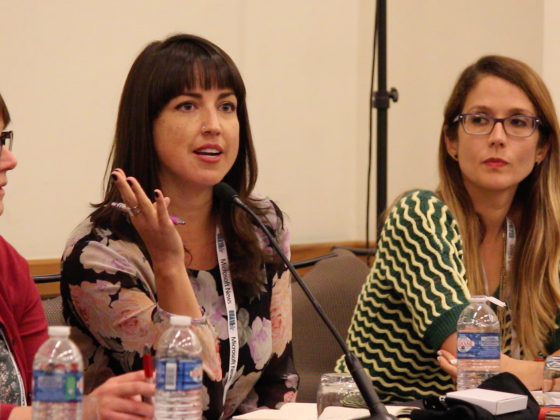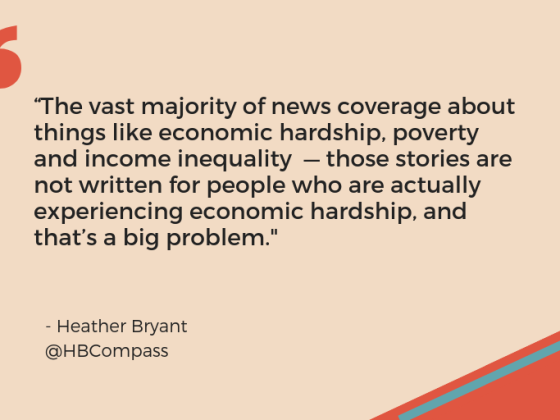
Submitting one’s vision of a news article to an editor may be viewed as a daunting task, but three ONA18 speakers believe otherwise.
“It’s a really tough landscape out there, but in a lot of ways it’s getting a lot more optimistic for the freelance model,” said Usha Sahay, managing editor at War on the Rocks.
With a full house in attendance, freelancers learned at a seminar on Friday the Do’s and Don’ts of pitching to a media outlet.
Here are a few takeaways to ensure one’s next pitch is ready for review.
DO: Follow Submissions Guidelines
Most media companies will have a section on their site with rules on how to submit a pitch. Guidelines can include anything from the length of your pitch to requesting the idea be sent in email text as opposed to an attachment.
Sahay said even if it is a small cosmetic detail, following the submissions guidelines will help editors with their workflow process when it comes to understanding your pitch.
DON’T: Be passive aggressive
The art of the friendly follow-up is a skill most editors appreciate from freelancers. If a freelancer feels as though their pitch is being dismissed, chances are editors may have completely missed it or forgot to respond.
Following up with a simple, “Just wanted to make sure you got this,” versus “Haven’t heard from you so I assume you’re not interested,” makes a world of difference when hoping to have a pitch approved.

DO: Make your pitch personalized to the company and YOU
Add a personalized touch to an emailed pitch to show you have completed your research on the company and you know who the editor is at the organization. Sahay said to always make your value-add clear. Show editors why you’re the best person to write the story and how your voice will add to the issue surrounding the narrative.
“Researching the person you’re pitching can be just as important as researching the publication,” said Kristen Lepore, manager at KCRW’s Independent Producer Project, in a handout. “Social media makes it easier than ever to stalk editors. Find out what you can about their preference and what they’re working on. … Be human. Personalized email works best.”
DON’T: Forget to pre-report on a pitch and show an editor previous work samples
Editors at the panel said they appreciate when pre-reporting is accomplished for a pitch, but they do not want a complete story, not yet at least.
“It’s helpful for me to know what you cover and what kind of audience you attract,” stated Ankita Rao, special projects editor at VICE in a handout. “Keep your website up to date and make sure you communicate your beats. But at the end of the day, it’s the idea and reporting I care about.”
An editor likes to see a writer’s style and their online presence. If a pitch is approved, editors will most likely give feedback on exactly what they are looking for to match their organization’s goals.
“It’s not easy to develop an expertise outside of formal institutions. I really admire people who have spent time on the ground in a particular region or done the homework in terms of interviews,” Sahay said. “I think it’s really impressive when a freelancer is able to get to that level.”

The managing editor of War on the Rocks said she understands it can be intimidating but enjoys seeing a journalist’s expertise and hustle.
“You cannot go wrong by just following the instructions,” Sahay said. “The worst that can happen is that you’ll get rejected, but you know we won’t be mad at you if you did everything right. It just did not work out.”







You must be logged in to post a comment.